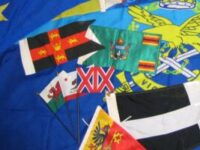Memberships and more
Showing all 3 resultsSorted by price: low to high
-

Individual Membership
£22.00 – £46.00 Select options This product has multiple variants. The options may be chosen on the product page -

Group Membership
£51.00 – £72.00 Select options This product has multiple variants. The options may be chosen on the product page -

Trade Membership
£72.00 Add to basket

